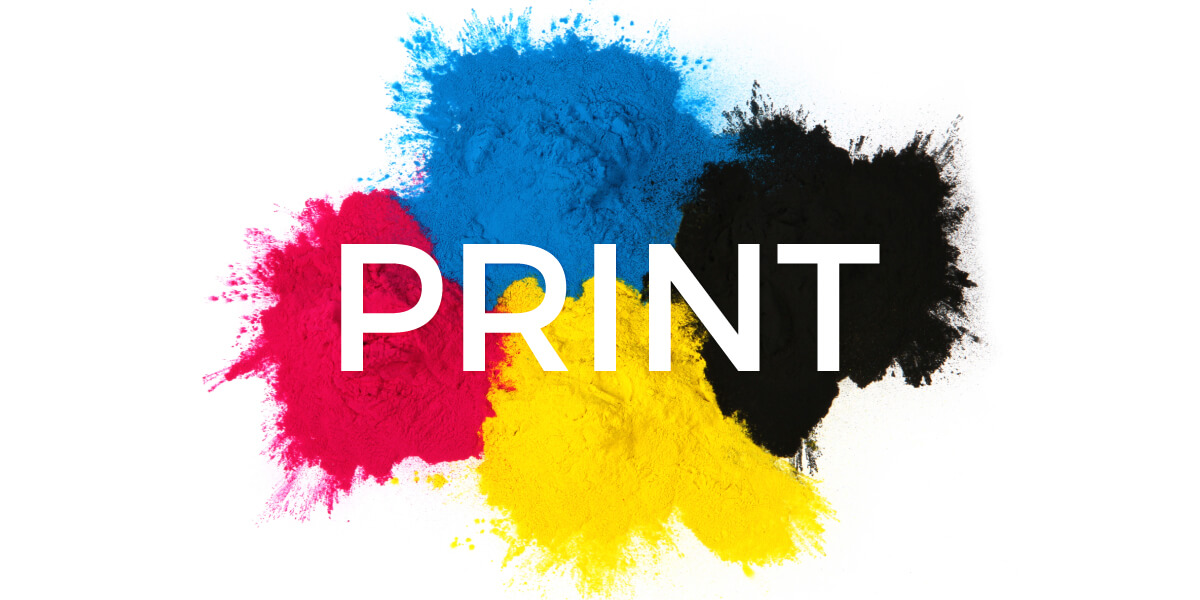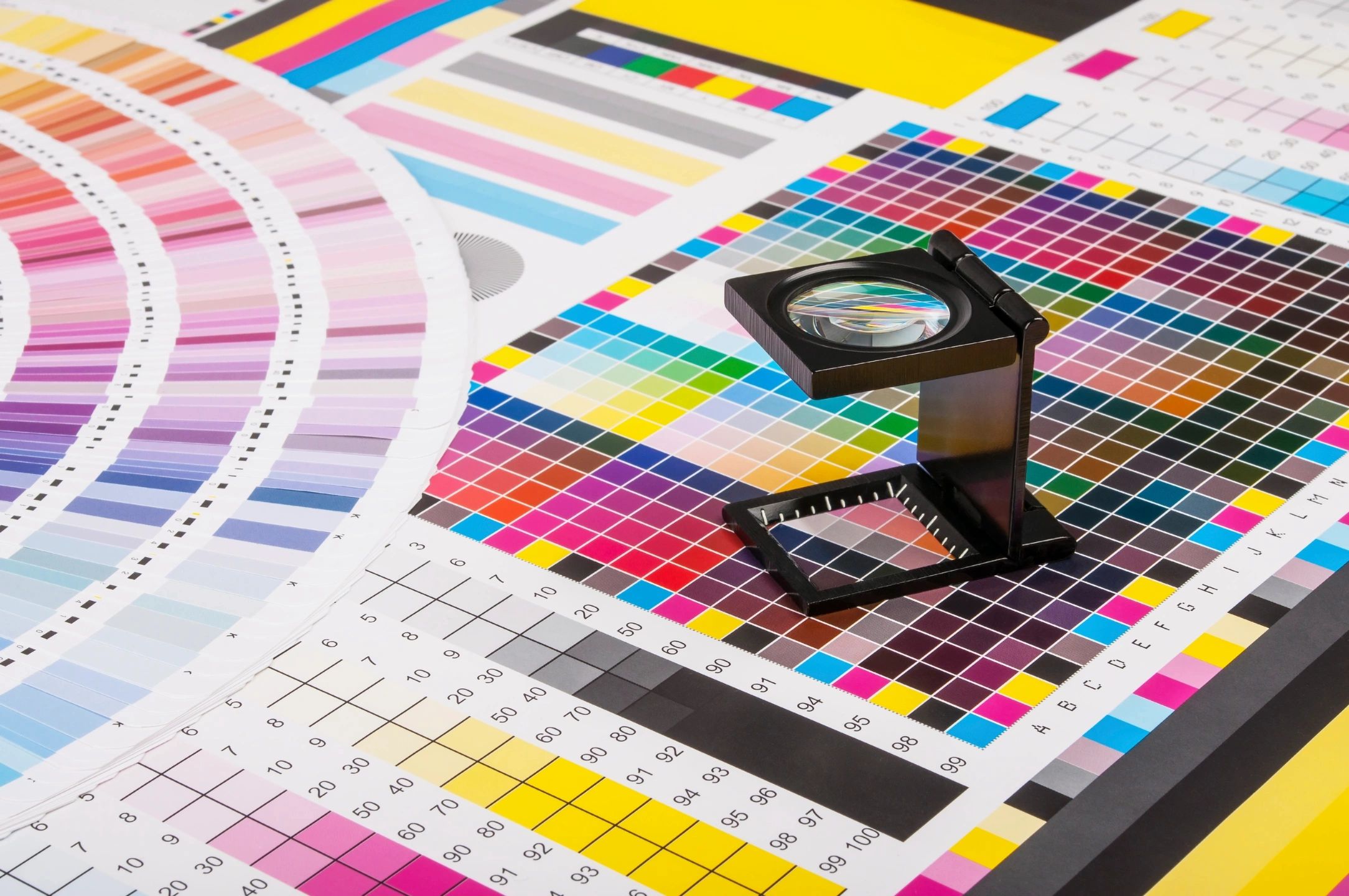The Ultimate Guide to Using Printing Solutions for Customized Art Prints
Guiding with the world of personalized art prints needs a clear understanding of various printing solutions. Artists have to think about elements such as printing strategies and materials to attain the preferred outcome. Each choice, from art work preparation to shade calibration, plays a crucial function in the end product. As they check out these elements, artists can reveal the capacity for their work to attach with target markets in a meaningful means. What steps can they require to guarantee their prints stand out?
Recognizing Various Sorts Of Printing Providers
Although lots of people may overlook the complexities of printing solutions, understanding the numerous types readily available is important for any person wanting to produce personalized art prints. The most usual types consist of digital printing, counter printing, and display printing. Digital printing is preferred for its fast turn-around and ability to produce premium photos straight from electronic data, making it excellent for tiny runs. On the other hand, offset printing deals superior image quality and is cost-effective for larger quantities, utilizing plates to transfer ink onto paper. Screen printing, often used for textiles and promotional things, entails pressing ink with a mesh display, enabling dynamic colors and textures. Each technique has its special benefits and restrictions, making it important for artists and designers to assess their details demands, such as quantity, preferred high quality, and budget, before choosing a printing service that lines up with their creative vision.
Selecting the Right Products for Your Prints
Choosing the proper products is crucial for achieving top quality custom-made art prints. Recognizing the various kinds of paper and the relevance of ink quality can significantly affect the last result. Artists must take into consideration these factors to guarantee their vision is precisely represented in the published piece.
Paper Types Explained
Selecting the ideal paper type is essential for attaining the desired visual and toughness in customized art prints. Numerous options exist, each offering distinctive attributes. Glossy paper boosts color vibrancy and information, making it excellent for photography prints. Alternatively, matte paper provides a softer surface, which is preferable for artwork that calls for subtlety and appearance. Art paper, often made from cotton or alpha cellulose, supplies historical high quality and appropriates for reproducing intricate information in paintings (Print Shop Near Me). Additionally, specialized documents, such as watercolor or canvas, can include unique visual impacts. Inevitably, selecting the suitable paper type will considerably affect the last presentation, guaranteeing that the art work is both durable and aesthetically appealing
Ink High Quality Issues
Ink top quality plays a vital function in the total success of custom art prints. Premium inks ensure vibrant colors, sharp details, and durability, which are essential for showcasing artistic work. When selecting printing services, artists ought to think about pigment-based inks over dye-based alternatives, as they provide better discolor resistance and shade security. Additionally, the choice of ink should complement the selected paper kind, boosting the print's aesthetic effect. Ecological factors, such as moisture and temperature level, can likewise affect ink efficiency; consequently, musicians ought to ask about ink formulas that resist these elements. Inevitably, purchasing premium ink top quality can raise the end product, assuring that the art print continues to be true to the artist's vision for many years to come.
Discovering Printing Strategies: Digital vs. Typical
While both electronic and conventional printing strategies have their special advantages, the decision on which approach to use typically depends upon the specific demands of the artwork. Digital printing masters flexibility and speed, permitting quick turn-around times and the capacity to publish on need. This method is specifically beneficial for musicians that call for tiny runs or special pieces, as it gets rid of the requirement for extensive arrangement processes.Conversely, conventional printing strategies, such as lithography and display printing, typically produce richer colors and textures, interesting artists looking for a more authentic and responsive finish. These techniques can boost the depth and top quality of the artwork, making them appropriate for bigger editions. Furthermore, typical methods might offer an unique visual that digital printing often battles to replicate. Eventually, the selection between these methods must consider elements like wanted quality, amount, and artistic intent, directing musicians to one of the most ideal option for their projects.

Preparing Your Art Work for Printing
Efficiently preparing artwork for printing requires cautious interest to information, despite the picked printing technique. Artists should ensure that their documents are developed at the appropriate resolution, commonly 300 DPI, to maintain sharpness and clearness. The proper shade mode, typically CMYK for print, is essential to achieve the wanted shade precision. Artists must also think about the measurements of the artwork, seeing to it to include bleed locations if needed, to avoid any unwanted white sides after trimming.Additionally, documents formats play an important role; TIFF and PDF are frequently liked for high-grade prints. Prior to entry, it is very important to evaluate the artwork for any kind of blemishes or unwanted elements. By meticulously examining these facets, artists can enhance the likelihood of their prints straightening with their innovative vision, eventually leading to an effective printing result.
The Significance of Color Calibration and Proofing
Shade calibration and proofing are necessary action in the printing procedure, as they ensure that the final output properly shows the artist's vision. Correct color calibration guarantees that the shades showed on the screen suit look at this site those that will be published. This procedure includes adjusting the display setups, printer profiles, and inks to attain a constant color representation.Additionally, proofing enables artists to preview their job prior to the last print run. This phase allows them to identify and correct any discrepancies in shade, saturation, or detail, consequently reducing pricey errors. By making use of hard-copy or electronic proofs, musicians can make informed choices concerning adjustments needed for perfect results.Incorporating shade calibration and proofing right into the printing workflow not just boosts the quality of the end product but likewise cultivates a trustworthy partnership between the musician and the printing service, ensuring contentment and fidelity to the original art work.
Picking the Perfect Size and Style for Your Prints

Advertising and Selling Your Customized Art Prints
Advertising and offering custom-made art prints needs a strong brand name identification to stand out in an open market. Efficient on-line promo techniques and the critical use social media platforms can significantly improve exposure and interaction. By integrating these aspects, musicians can develop a compelling existence that brings in potential purchasers.
Structure Your Brand Identification
Developing a strong brand name identification is necessary for artists wanting to efficiently market and offer their custom-made art prints. This identification incorporates the artist's special design, values, and story, why not find out more which reverberate with potential purchasers. Musicians need to develop a natural visual presence across all platforms, including logos, color plans, and typography that reflect their artistic vision. In addition, a clear goal declaration assists connect the musician's objective and passion. Involving narration about the ideas behind each piece can foster psychological connections with the target market. Uniformity in messaging, whether on social media or packaging, enhances acknowledgment and trust. By carefully curating their brand identity, artists can differentiate themselves in an open market, attracting loyal customers who value their virtuosity.
Reliable Online Promo Approaches
What approaches can musicians utilize to properly advertise their custom art prints online? Developing an expert internet site showcasing the art work is necessary. This website needs to consist of high-grade photos and thorough summaries to involve possible buyers. Additionally, artists can use email marketing by constructing a customer listing to share updates, promotions, and new launches. Working together with bloggers and influencers in the art area can broaden reach and reputation. Offering unique pieces or limited-time price cuts can likewise produce seriousness, encouraging purchases. Moreover, optimizing material for online search engine via pertinent key phrases will certainly enhance visibility. Ultimately, keeping a blog site concerning the imaginative procedure can draw in art lovers, promoting a much deeper connection with the audience and boosting the overall advertising and marketing strategy.
Utilizing Social Network Platforms
Social media systems act as powerful tools for musicians aiming to market and sell their personalized art prints. By leveraging systems like Instagram, Facebook, and Pinterest, musicians can display their work to a large target market. Involving visuals and critical hashtags can enhance exposure, attracting prospective purchasers to their accounts. Regularly posting material, such as behind the curtain procedures or new styles, assists preserve audience interest and cultivates a feeling of area. In addition, musicians can use targeted marketing to reach particular demographics, enhancing the chances of sales. Cooperations with influencers or various other musicians can additionally magnify exposure. Ultimately, a well-curated social media visibility not just promotes customized art prints but additionally develops a faithful customer base gradually.
Often Asked Concerns

How Do I Locate Trusted Printing Expert?
To find dependable printing company, one ought to research on the internet reviews, look for suggestions from peers, contrast portfolios, demand samples, and assess customer support responsiveness. This extensive method guarantees educated decisions and satisfactory results.
What Is the Common Turn-around Time for Custom-made Prints?
The normal turn-around time for custom prints differs by copyright, however typically varies from a few days to two weeks. Variables influencing this include order dimension, complexity, and the particular printing strategies utilized.
Can I Get a Refund if I'm Not Completely satisfied With My Prints?
The question of acquiring a reimbursement for unsatisfactory prints typically relies on the specific printing service's policies. Lots of firms supply fulfillment assurances, while others might have strict return conditions, emphasizing the significance of examining terms in advance.
Exist Any Kind Of Hidden Prices Associated With Printing Services?
Many printing services might include covert expenses such as configuration charges, shipping charges, or added fees for certain products. It's necessary for clients to ask regarding all possible expenditures prior to completing their order.
Exactly How Can I Ensure My Prints Are Ecologically Friendly?
To ensure prints are environmentally friendly, one need to pick eco-friendly inks, recycled paper, and sustainable printing practices. Looking into printing solutions that prioritize sustainability and obtaining certifications can even more assure marginal ecological effect in the printing process. Guiding with the world of custom art prints calls for a clear understanding of different printing services. Several individuals might over here neglect the details of printing solutions, understanding the numerous kinds offered is essential for any person looking to develop custom art prints. The most usual types include electronic printing, offset printing, and display printing. Effectively preparing artwork for printing calls for cautious focus to detail, no matter of the selected printing strategy. Prints aimed at galleries could need conventional sizes to promote framing, whereas one-of-a-kind formats might appeal to collection agencies looking for something distinctive.Lastly, the printing service's abilities should be reviewed.